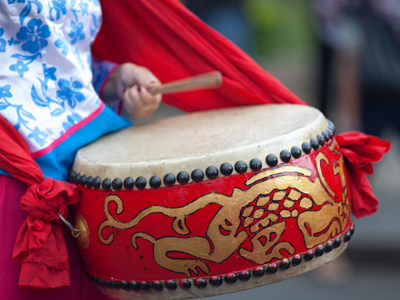
Poetic Techniques
This English Language quiz is called 'Poetic Techniques' and it has been written by teachers to help you if you are studying the subject at high school. Playing educational quizzes is a user-friendly way to learn if you are in the 9th or 10th grade - aged 14 to 16.
It costs only $12.50 per month to play this quiz and over 3,500 others that help you with your school work. You can subscribe on the page at Join Us
Stanzas and couplets are poetic techniques. Poets have many, many tricks up their sleeves. We analyze and categorize these tricks as poetic 'techniques' or 'devices'. Looking very closely at a poem and analyzing the techniques the poet has used can help you appreciate exactly how a poem has an effect on its reader. Always remember when writing about poetry that it is not enough to name the technique or device: you must also describe how the technique creates an effect.
Test your knowledge of a poet's 'tricks of the trade' with this quiz.
The technique which describes a clause or phrase which runs on between lines or verses without a pause.
A type of figurative language in which the poet writes about one thing as if it were another.
A long pause or break within a line, usually (but not always) created by punctuation such as a period, semi-colon, colon or, occasionally, an em (long) dash.
A form of poetry without meter, pattern, or rhyme.
A phrase or line which recurs throughout a poem.
The style and tone of a poem's narrator, speaker, or persona.
The repetition of a consonant sound, especially at the beginning of a word or stressed syllable.
The organized rhythm of beats in poetry.
The collections of lines into which a poem is divided.
A stanza consisting of a pair of lines.
Ready for more?
not all...
quizzers. Try to win a coveted spot on our Hall of Fame Page.







